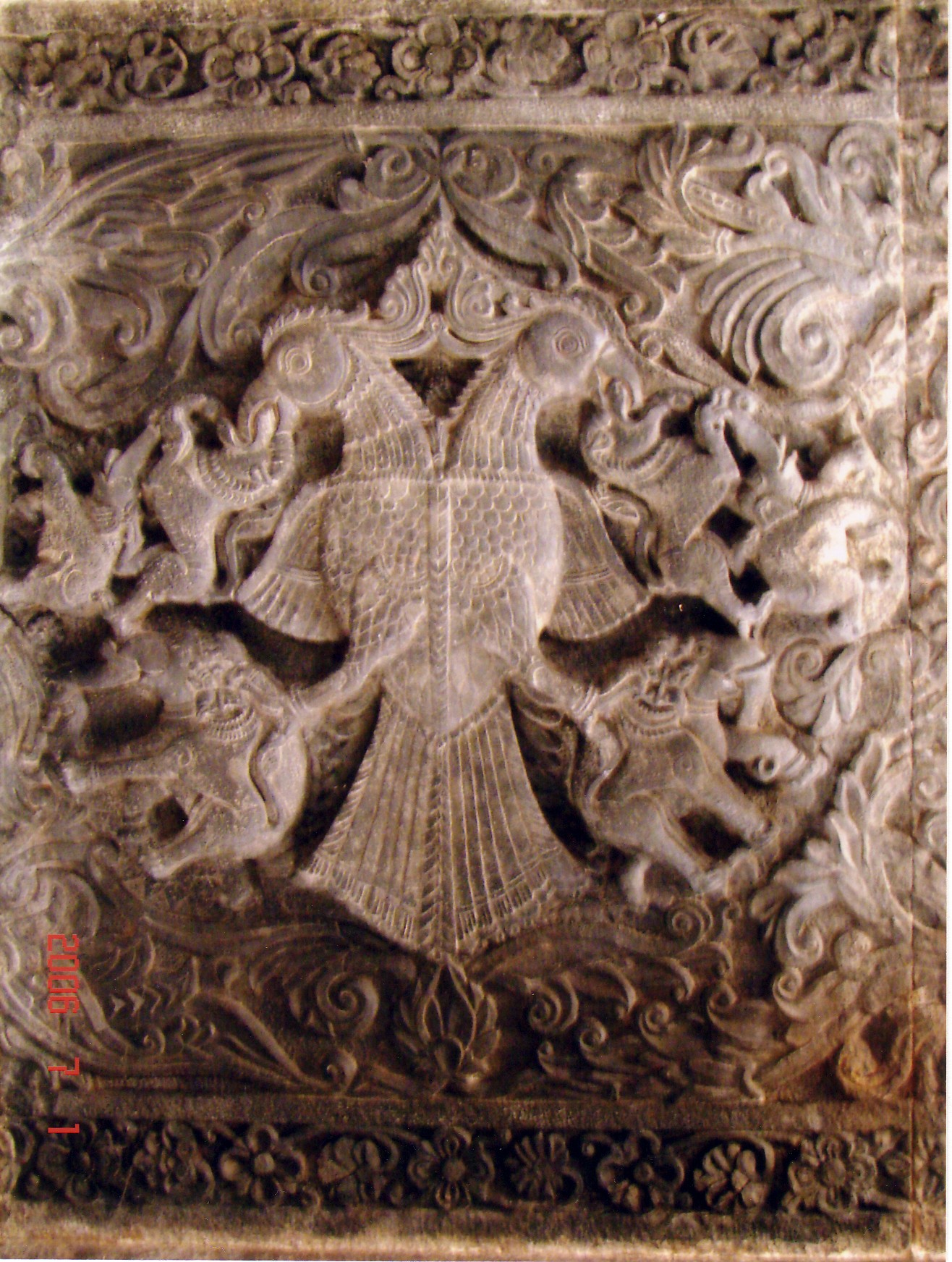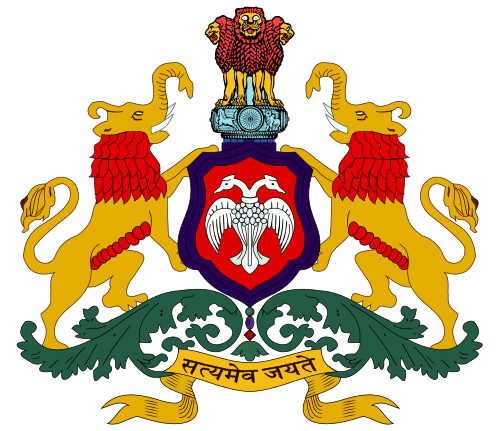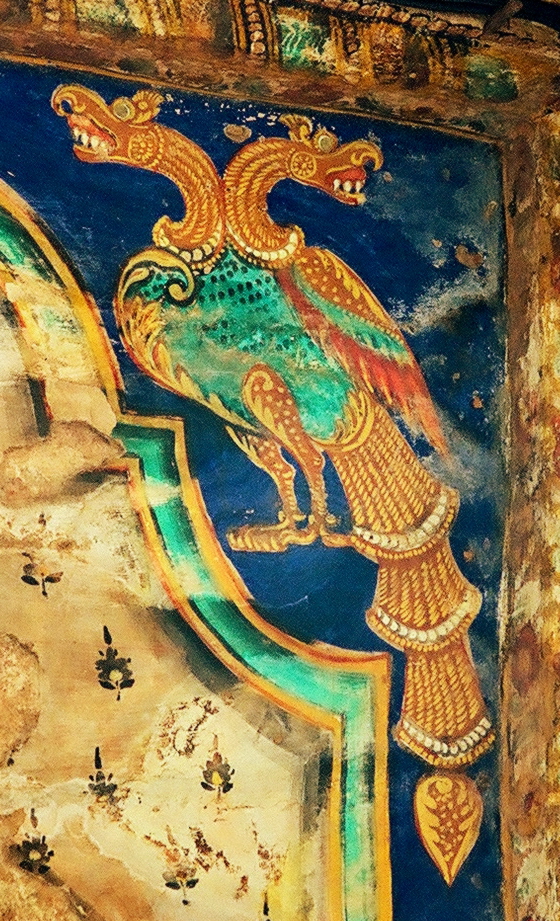The Story Behind Karnataka’s Unique Emblem & Its Connection to a Magical Creature From Mythology
Many of these emblems or coat of arms of the princely states still exist in one form or another, most visible as the emblems of the states, which were formed after independence.

It is a well-known fact that Sarnath Lions was adopted from the Ashokan Pillar by Dinanath Bhargava and other artists to be the National Emblem of India. However, as if a testament to the independent identity of Indian states bound by the aspirations and constitution of a union, the states in India too have independent emblems, state seals and coat of arms.
As most of us may remember from lessons in our school days, the formation of Indian Union was a fascinating event. Just before the departure of the British from India, the nation as a complete entity did not exist. There were five major princely states, Baroda, Hyderabad, Jammu & Kashmir, Mysore and Gwalior apart from numerous other smaller states, which were ruled by provincial governments like Madras, Bombay, Punjab etc. when India achieved its independence in 1947.
In his book Emblems of Indian State, published by the Massachusetts-based Flag Heritage Foundation, David F Phillips give a thorough introduction to the state emblems of the erstwhile princely states of India. After all, these state emblems are from the coat of arms of princely states, which was a concept derived from the Europe, and especially the British, in the case of India. According to Phillips, the Coat of Arms is essentially a visual system of 12th century whose vocabulary of geometric systems and stylized images was decorated on shields signified a person, place or an institution.
Many of these emblems or coat of arms of the princely states still exist in one form or another, most visible as the emblems of the states, which were formed following independence, based on language and ethnicity of the people residing in the region. These emblems visually allude to the uniqueness of the state through animals, birds, Hindu deities or other objects like a crescent (if influenced by Islamic motifs) that are associated with the state.
For example, the coat of arms of two elephants guarding the conch of the deity Sree Padmanabha was adopted by the Kerala government from the erstwhile princely state of Travancore. While the use of Elephant is an obvious one, the conch of Sree Padmanabha refers to the Sree Padmanabha Temple in Thiruvananthapuram, the wealthiest place of worship in the world.
However, the coat of arms of Karnataka government consists of a figure that is not as obvious as an elephant. Because it is not real creature. Hence, unless you know its history you wouldn’t be able to make as easy a connection as you would do when it comes to Kerala and the elephant. But, like elephants in Kerala, this figure can be found everywhere in Karnataka.
This is Ganda Bherunda, a two-headed mythological figure, the emblem of the State of Karnataka and found in the state’s coat of arms.

It is also the symbol of the state’s transport system. Basically, if you have been to Karnataka you’re bound to have seen it, even if you did not know what it actually meant.
Though a similar “two-headed eagle” appears in western canon, the Ganda Bherunda specifically appears in the Vedas as a form of Vishnu, that took shape following his altercation with Sharaba, a mythological lion with an elephant head and a form of Shiva.
In the coat of arms of Karnataka, the Ganda Bherunda is surrounded by two Sharabas.

While the bird is known for its magical powers, the Sharaba has more than the combined strength of a lion and an elephant and is an upholder of righteousness.
Of course, the official Ganda Bherunda used today is much less ferocious than the historic depictions, where its talons clutch two elephants on either side, with a snake in its beak.
In some depictions, its feathers have close resemblance with the peacock’s colorful tail.

Though there has been reference to the scriptures and temples, it was first inscribed on coins during the reign of Vijayanagara Empire in 1510. But it has been the official seal of many kingdoms from the Hoysalas, Keladis and Kadambas among others, including the Mysore Kingdom, one of the princely states of British India, which gave Karnataka the Dsara Festival as well as many developmental works, including the Krishnaraj Sagar (KRS). Hence, in many ways it was apt that when the state of Mysore (later renamed Karnataka in 1973) was formed in 1856 this figure became the official emblem of the state.
Apart from the mythological allusions, the bird connects the people to all the empires and kingdoms that ruled the region, evoking a strong sense of history. Moreover, the overall story of state seals and emblems stand testament to the the hybrid nature of our post-colonial existence, much like the figures that we have encountered here.
Like this story? Or have something to share?
Write to us: [email protected]
Connect with us on Facebook and Twitter.
NEW: Click here to get positive news on WhatsApp!
This story made me
- 97
- 121
- 89
- 167
Tell Us More
We bring stories straight from the heart of India, to inspire millions and create a wave of impact. Our positive movement is growing bigger everyday, and we would love for you to join it.
Please contribute whatever you can, every little penny helps our team in bringing you more stories that support dreams and spread hope.



















